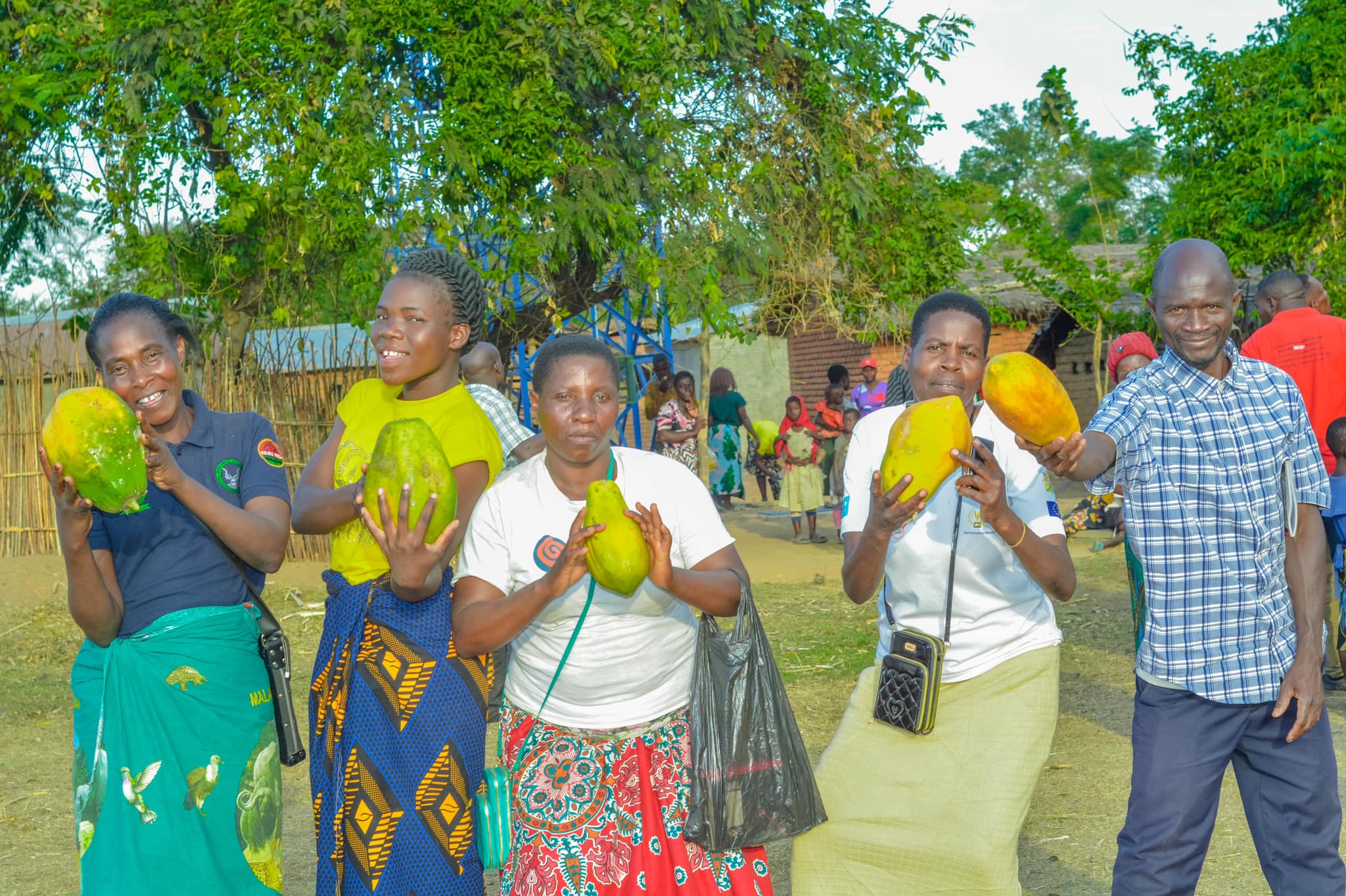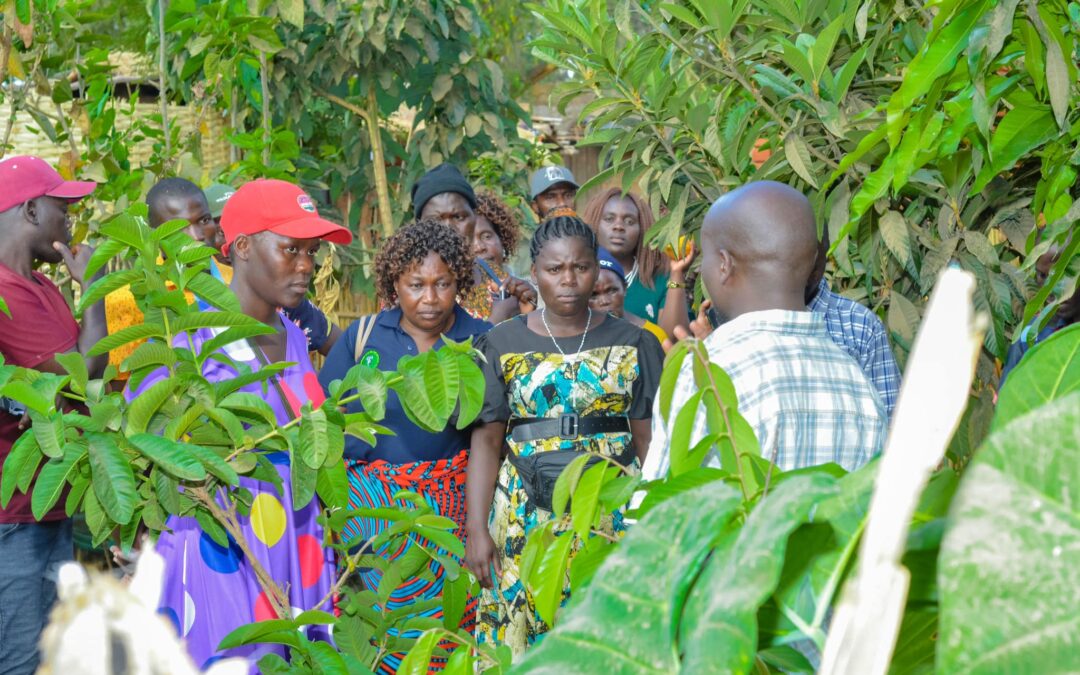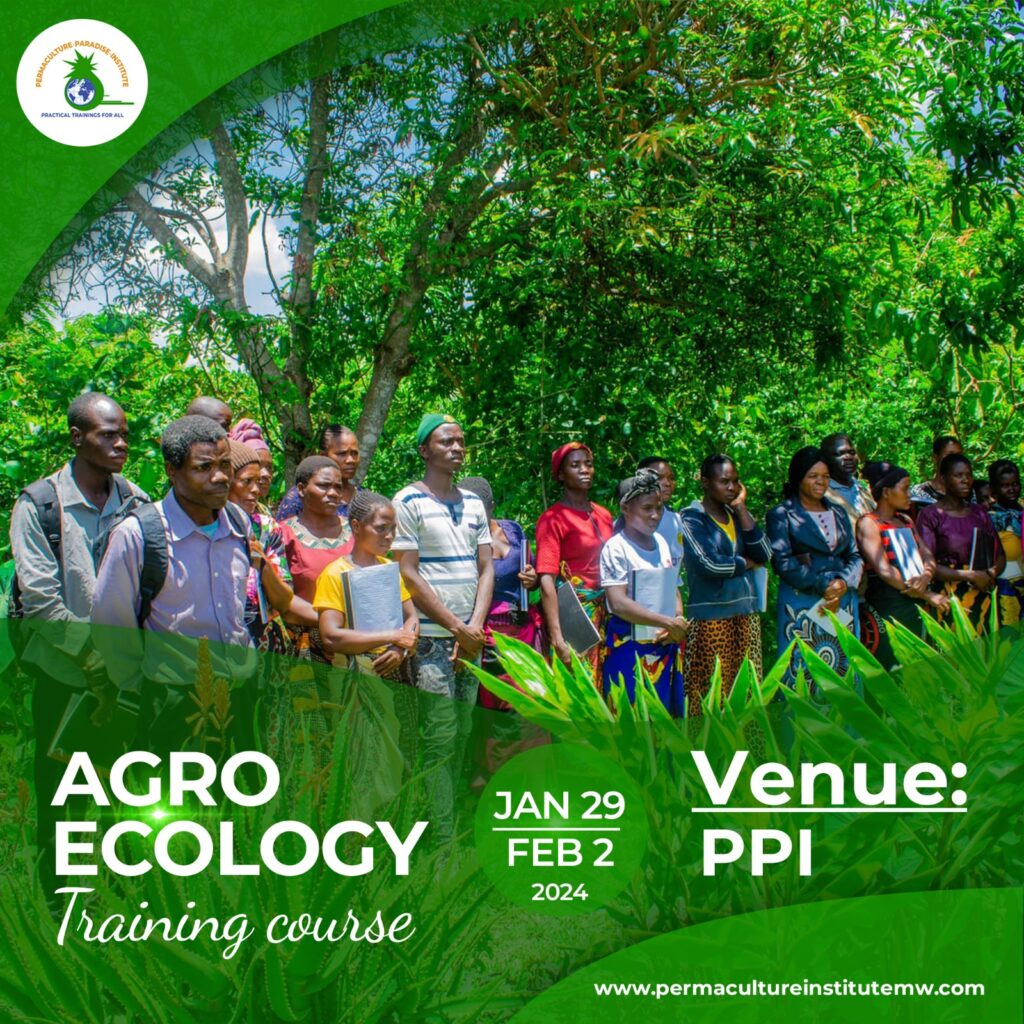As the sun illuminated the horizon on day four of the Permaculture Training Course, participants gathered in anticipation, ready to explore the interconnected worlds of efficient energy zone planning and community development. This day was dedicated not only to fostering sustainable agricultural practices but also to empowering communities to harness renewable energy sources for a healthier planet.
The workshop kicked off with an engaging presentation on the principles of efficient energy zone planning. Experts shared how this approach integrates the values of permaculture with innovative energy solutions. Participants learned how to create strategic zones within their communities, maximizing the use of renewable energies like solar, wind, and biomass. With the emphasis on organic farming and the elimination of harmful chemicals, the concepts resonated deeply with the core philosophy of permaculture: working in harmony with nature.

The presenters highlighted real-world examples of successful energy zone planning from around the globe. From community gardens powered by solar panels to local workshops transforming organic waste into energy, the stories ignited a sense of possibility and inspiration. Participants were particularly drawn to the idea that each community can craft a unique energy plan tailored to its specific environmental and social needs, demonstrating that localized efforts can lead to global change.
Following the morning discussions, the group shifted gears into practical activities. Participants rolled up their sleeves and engaged in a hands-on exercise focused on designing energy-efficient community layouts that maximize sunlight, wind flow, and resource accessibility. Teams collaborated to brainstorm innovative solutions for integrating renewable energy systems into their local environments, all while considering the needs of their community members.
As the afternoon unfolded, attention turned toward community development. The group explored ways that permaculture principles could enhance social cohesion and economic resilience. This included the establishment of local co-ops, training programs on organic farming techniques, and initiatives to promote edible landscapes. Each idea shared served as a building block toward creating vibrant, sustainable communities where people could thrive naturally and economically.
Participants also emphasized the importance of education and outreach in scaling their efforts. Empowering community members with knowledge about organic farming and the benefits of renewable energy is key to fostering a culture of sustainability. This was underscored through discussions about workshops, local events, and partnerships with schools and organizations.

As day four came to an end, it was evident that participants were not just learning about energy-efficient planning; they were actively envisioning the future of their communities. The commitment to permaculture principles was palpable, with everyone eager to go back and implement their newfound knowledge. In a world increasingly challenged by climate change and the degradation of the environment, the insights gained from this training course serve as a guiding light.
The focus on community-driven, sustainable practices embodies the spirit of permaculture—an approach that values resilience, health, and harmony with the earth.
With each passing day, these future leaders of sustainable development are equipped with the tools, knowledge, and passion to transform their communities into flourishing ecosystems. This journey, rooted in organic practices and renewable energy, is more than just educational—it’s a movement toward a brighter, greener future for all.



